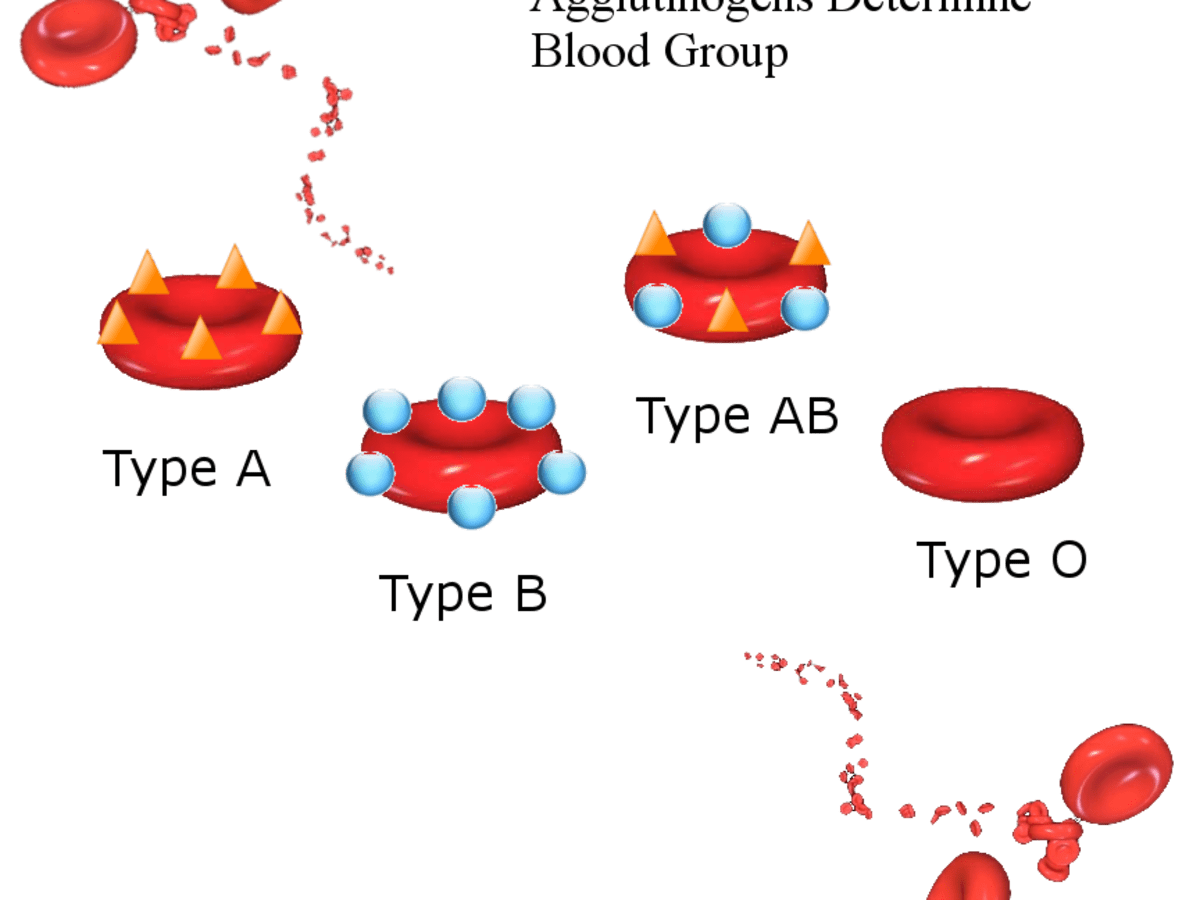

Rh factor and pregnancy: The Rh incompatibility occurs when the mother has an Rh-ve blood group and if the baby in the womb has a Rh+ve group. So a person can have a blood group with any of the above rhesus factors but Rh-D is widely prevalent, and hence persons with Rh-D are termed as +ve, and those without Rh-D are termed as -ve. Any person with C antigen doesn’t have a c-antigen, and that with D-antigen doesn’t have d antigen and similar in E also. Rhesus Rh factor is again of different types like C, D, E, c, d, and e. This instantaneous response occurs due to conflicting blood groups like A, B, AB & O are transfused.īut on the other hand, the incompatibility with positive and negative groups doesn’t show immediate reactions but shows a reaction after any subsequent incompatible exposures. When a blood transfusion is done with incompatible blood groups, there is a severe reaction inside the body leading to death.

So for blood transfusion, the donor is selected carefully as in the chart below Blood donors and recipient chart for compatibility If this factor is not present in his blood, he is assigned a blood group with a negative sign as B-, A-, O- etc. If the blood of a person has the rhesus factor, he is assigned the blood group with a positive sign on the right like B+, A+, O+, etc. So the underlying difference of positive (+) and negative (-) arises due to the Rhesus antigen Rh or rhesus factor or type D-antigen. Those with Rh-positive blood group are classified as the A+ve, B+ve, AB+ve, O+ve and the Rh-Negative blood group is differentiated as A-ve, B-ve, AB-ve, O-ve groups. These groups are bifurcated based on the Rh factor.

The blood group of a person is identified before blood transfusion by the immune reactions. So, blood is collected in advance and stored in blood banks for emergency use. Hence, blood from a particular group is required for transfusion. If blood is administered from the random collection, the recipient would be susceptible to the immune reactions which can be fatal.


 0 kommentar(er)
0 kommentar(er)
